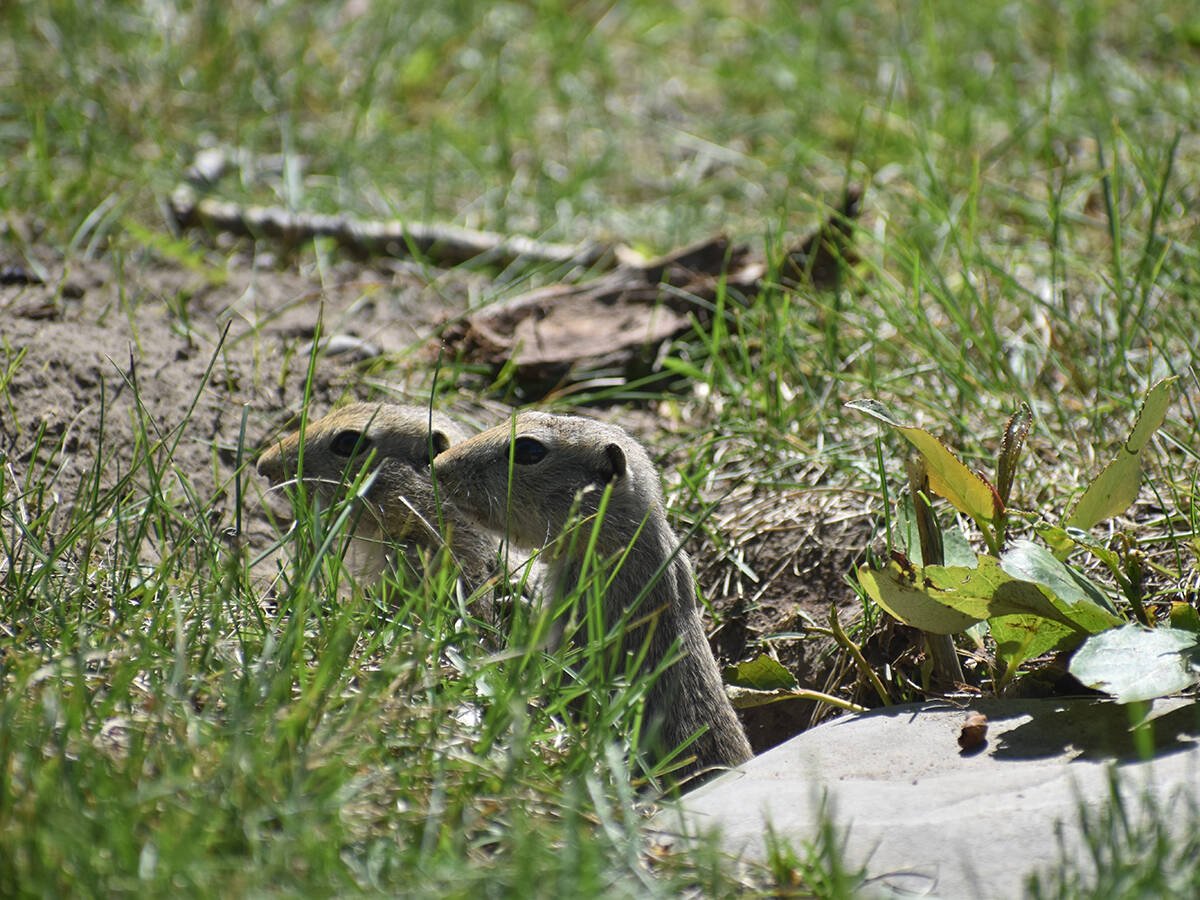Dry bean markets reacted violently to the Aug. 20 frost, but while the weather appears to have devastated large portions of the crop in key American states, it had minimal effect on Manitoba’s beans.
Shortly after subzero temperatures descended on Saskatchewan, Manitoba and some northern states, the average edible bean price shot to $32 US per hundredweight, up $7 from where it had been hovering at $25 per cwt.
Upon further inspection, Manitoba processors realized crop damage was negligible in the province where the majority of Canada’s beans are grown.
Read Also

Rural officials hopeful strychnine use will resume
The Saskatchewan Association of Rural Municipalities is taking a verbal commitment from the federal agriculture minister on strychnine use as a good sign.
But the frost scare delivered a much-needed wake-up call, said Ivan Sabourin, president of Roy Legumex Inc., one of Canada’s largest bean processors.
“A lot of buyers realized that this crop was way behind schedule. They just feared that the next frost could be disastrous.”
Prices rose to the point where the market is demonstrating an appropriate level of nervous tension, said Sabourin.
“We’ve got all these production contracts. We’re long if they all come in. We’re short if they don’t come in.”
He estimates three-quarters of the bean crop is in good shape. The rest was seeded too late to properly mature.
Manitoba Agriculture pulse crop specialist Bruce Brolley said while the beans managed to escape the frost, the crop is still at substantial risk.
“What crop is out there is a wonderful looking crop if it was mid-August. But it’s not mid-August. That’s why we’re concerned.”
He estimated 90 percent of the province’s 200,000 acres of beans avoided frost damage. The bulk of the crop is grown in the Red River Valley, just beyond the reach of the frost.
“We got pretty lucky,” said Brolley.
That wasn’t the case for growers in the United States.
Widespread frost injury has been reported in Minnesota and North Dakota, two states responsible for half of the country’s 2004 bean acres.
“We’re going to see some damaged beans, there’s no doubt about it,” said Kevin Anderson, a grower from East Grand Forks, Minnesota.
He is facing the prospect of harvesting a discoloured, stunted and low-yielding bean crop.
“There is a sizable amount of damage on my farm,” said Anderson, who is also a director of the Northarvest Bean Growers Association, a group that represents growers in North Dakota and Minnesota.
He figured his farm is representative of the entire frost-affected region.
The situation in Manitoba isn’t ideal either. While growers escaped the killing frost, most have given up hope of harvesting a full crop.
They are in a “salvage situation” where they are counting on harvesting the bottom two-thirds of mature plants, sacrificing the young unfilled pods at the top.
Brolley said the beans may get enough hot weather to mature so they can be desiccated but they need another week of dry-down before they can be combined, during which time they are still vulnerable to frost.
“I don’t imagine we’re going to have many beans come off before the end of September,” he said.
So far, growers have managed to dodge a couple of potential frosts and the quality of their beans still looks impressive, but the crop is a long way from sitting safely in their bins.
“It doesn’t matter how many frosts we miss if we don’t get any heat,” said Brolley.















